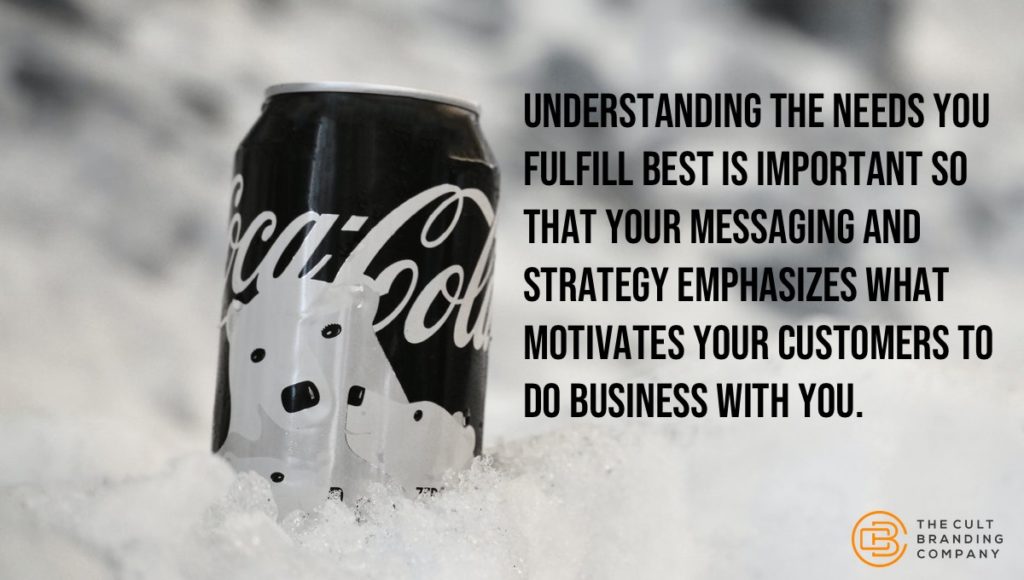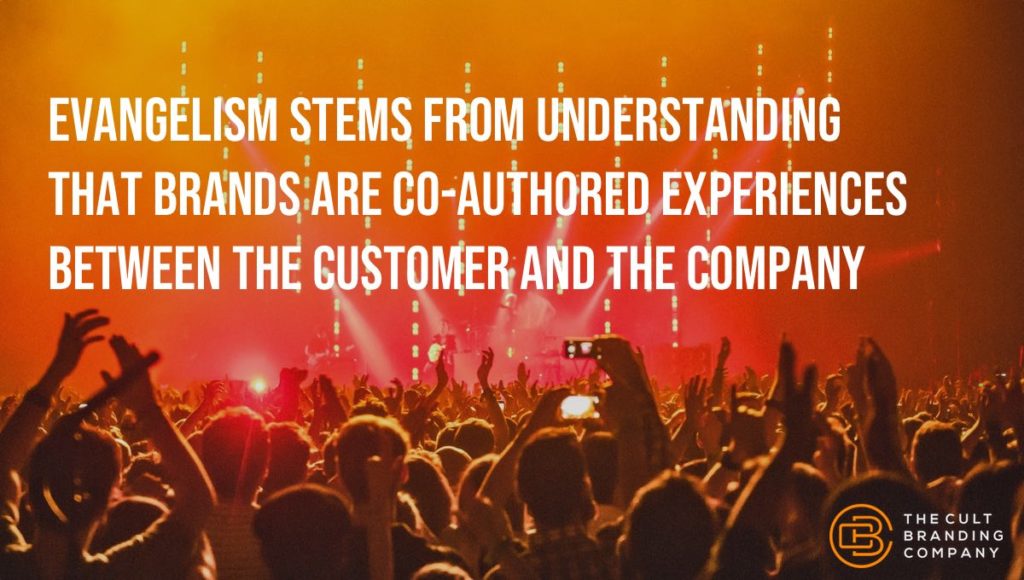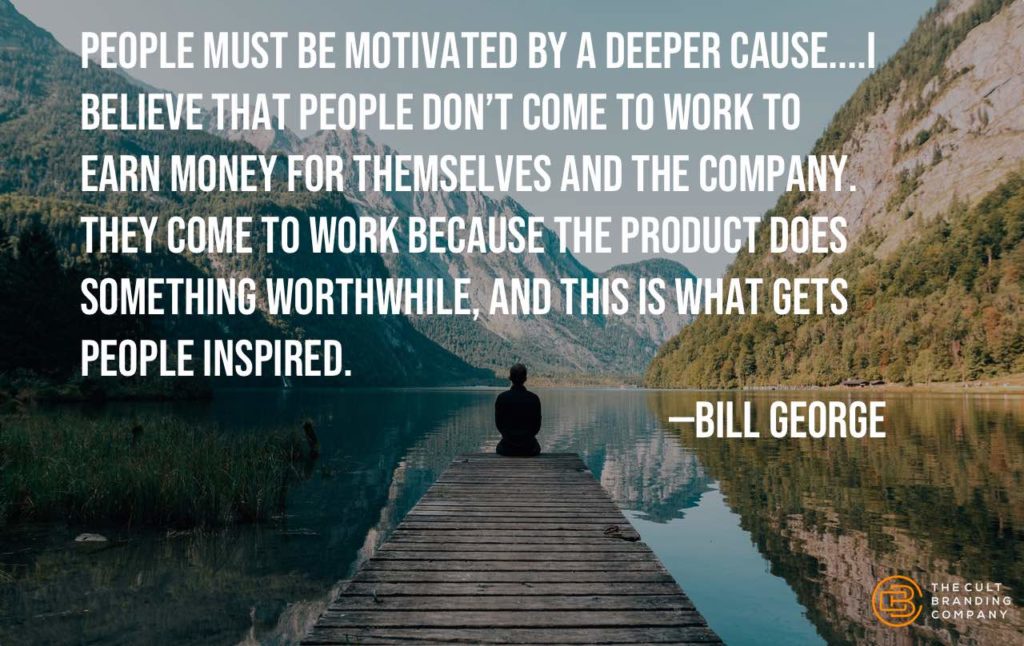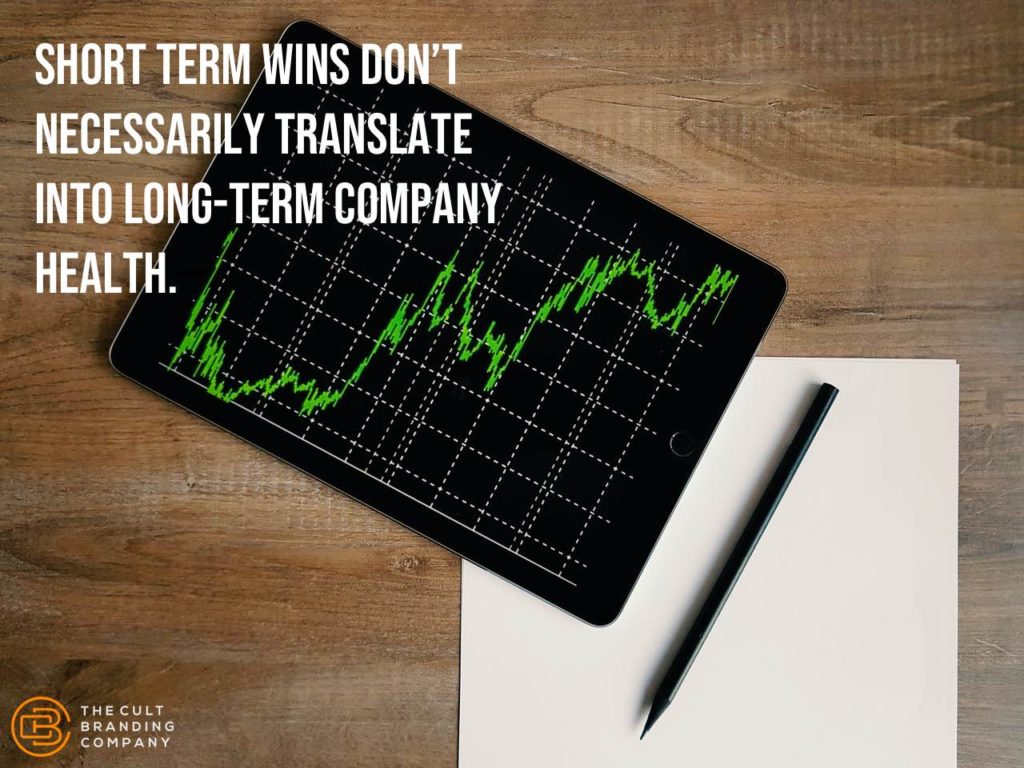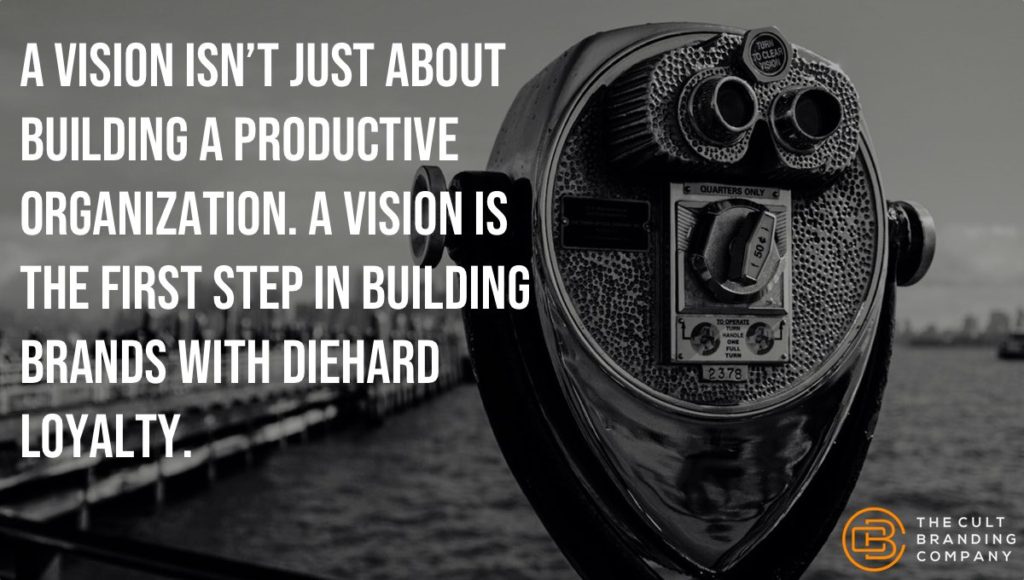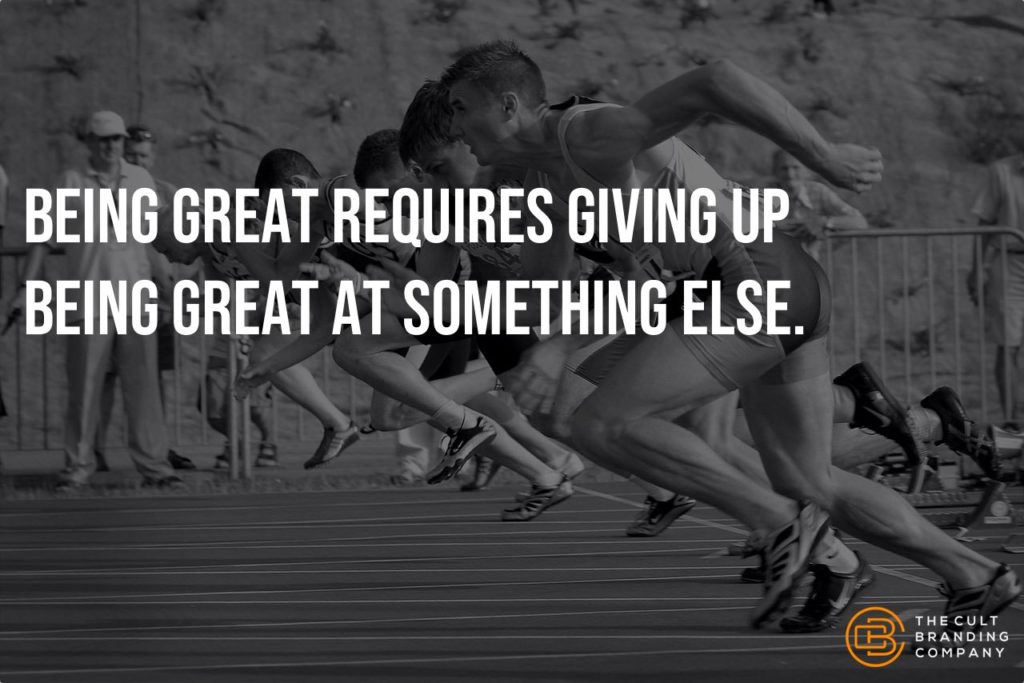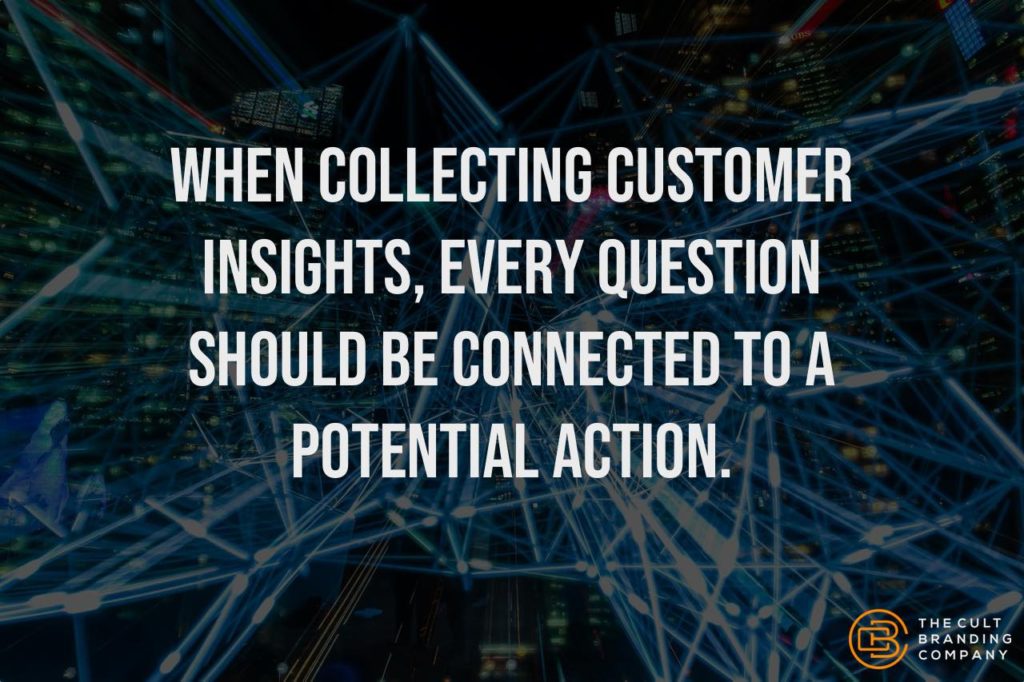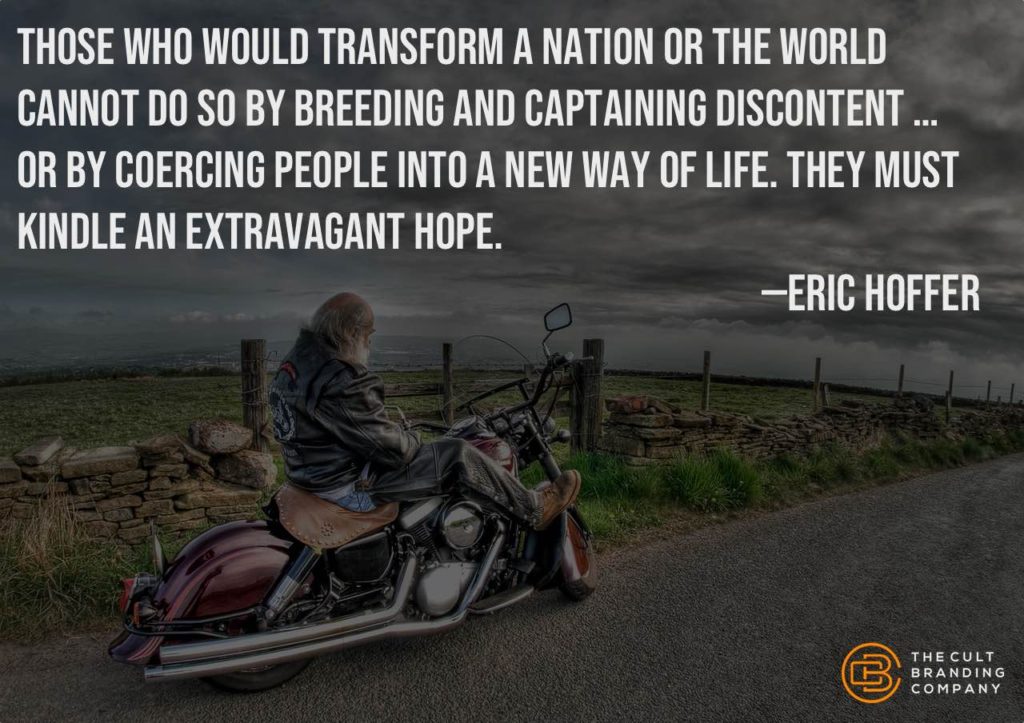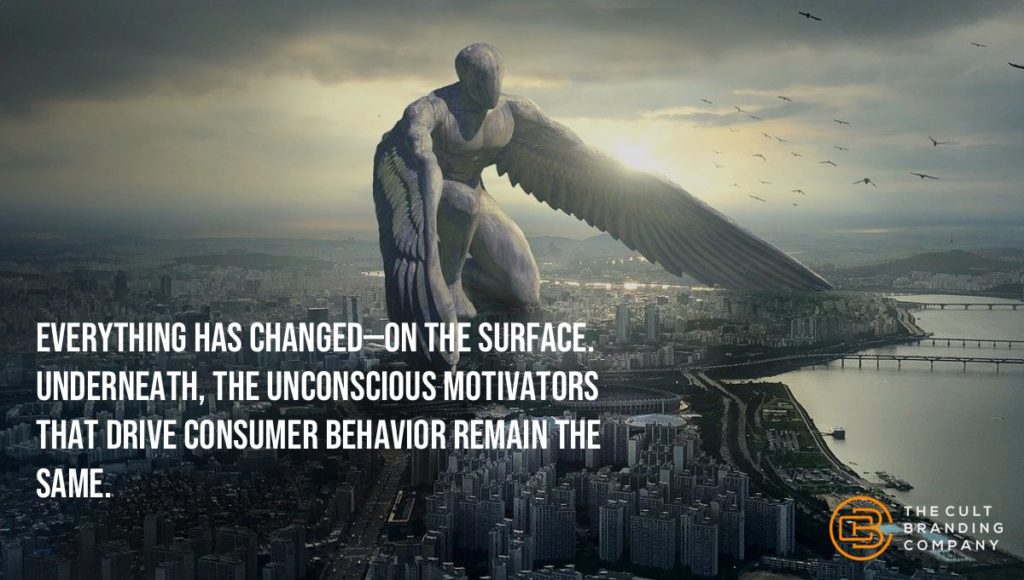
If we stand here now and look back into the mists of time to the very first days of human commerce we’ll discover that business owners have always wanted the answer to a single question: what makes consumers act the way they do?
One of the factors that drive consumer behavior, consciously or otherwise, is meeting individual needs. You’re familiar with Maslow’s hierarchy of needs, the model that tells us that we are all in possession of certain innate needs that must be met in order for us to enjoy optimal physical and psychological health.

